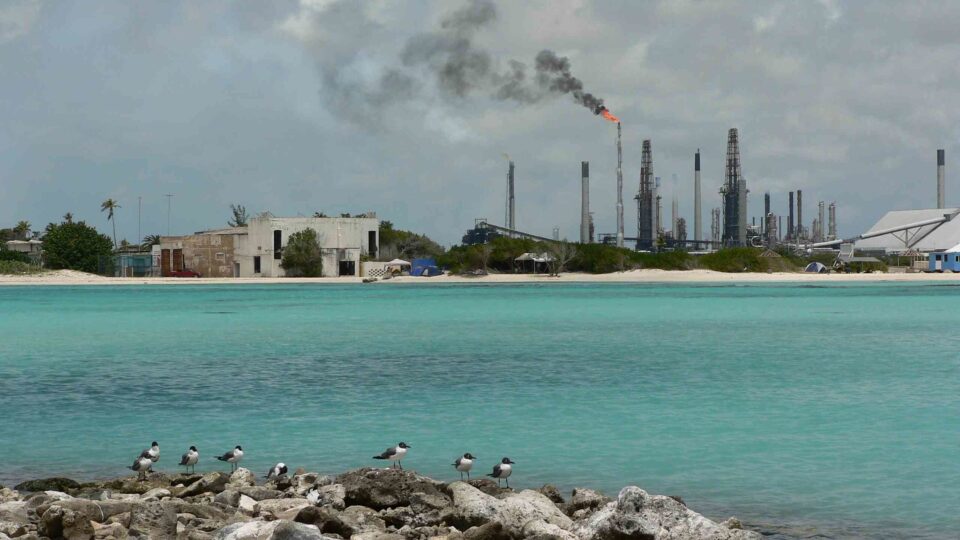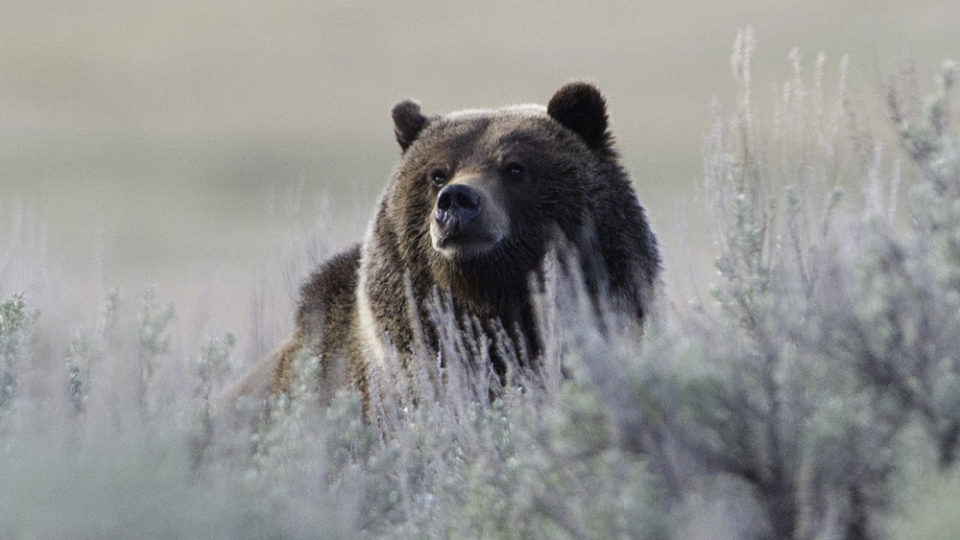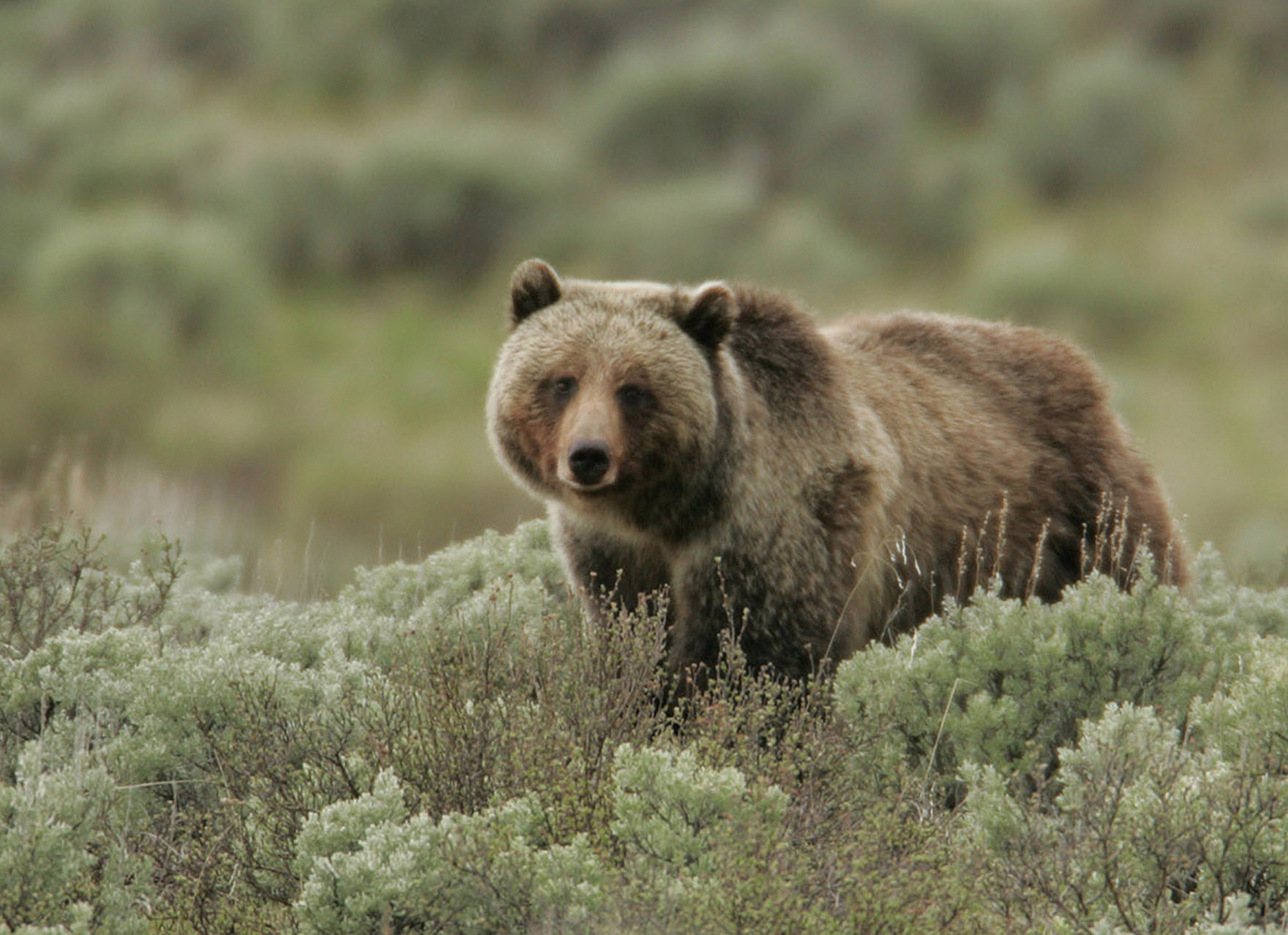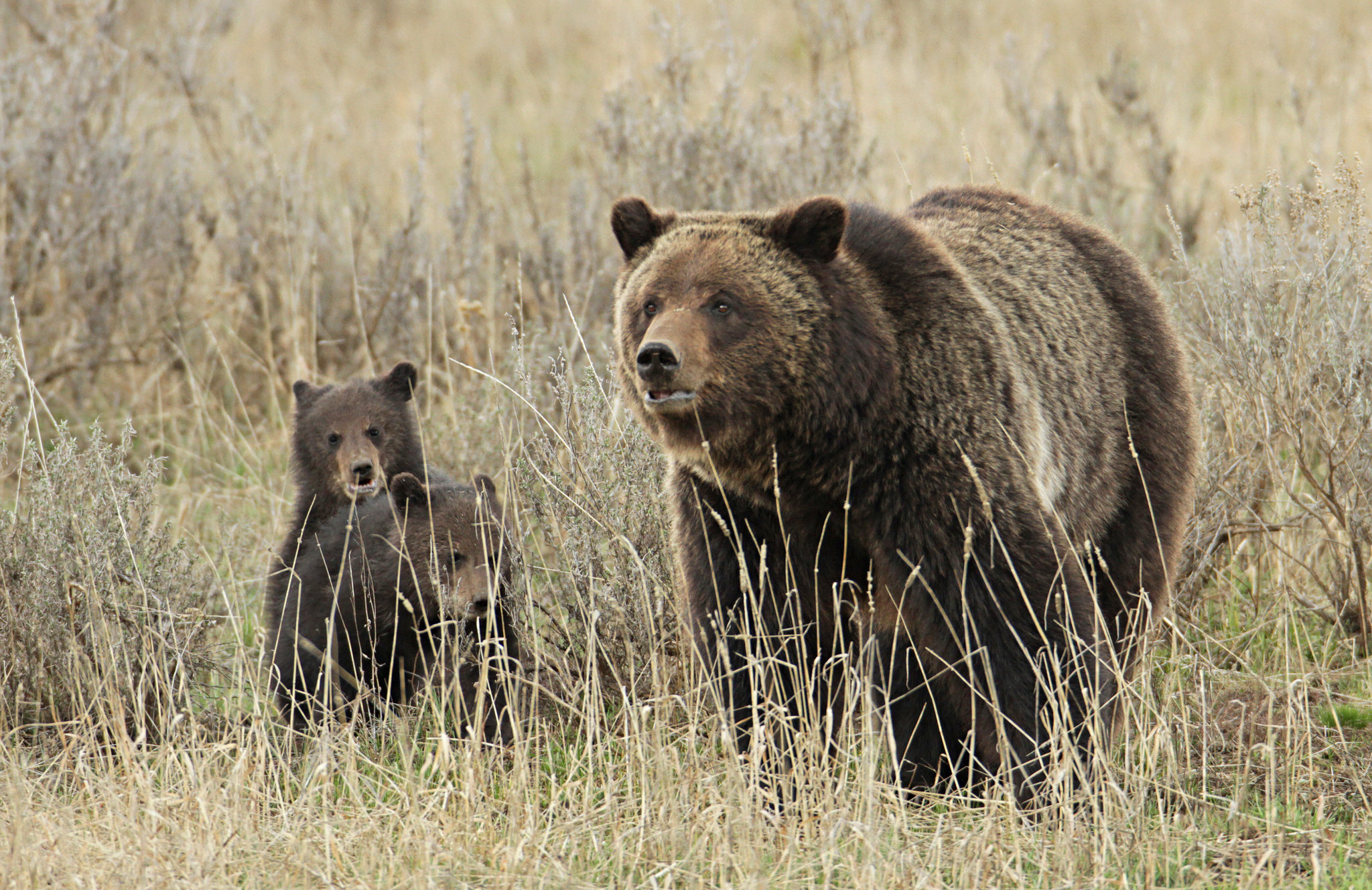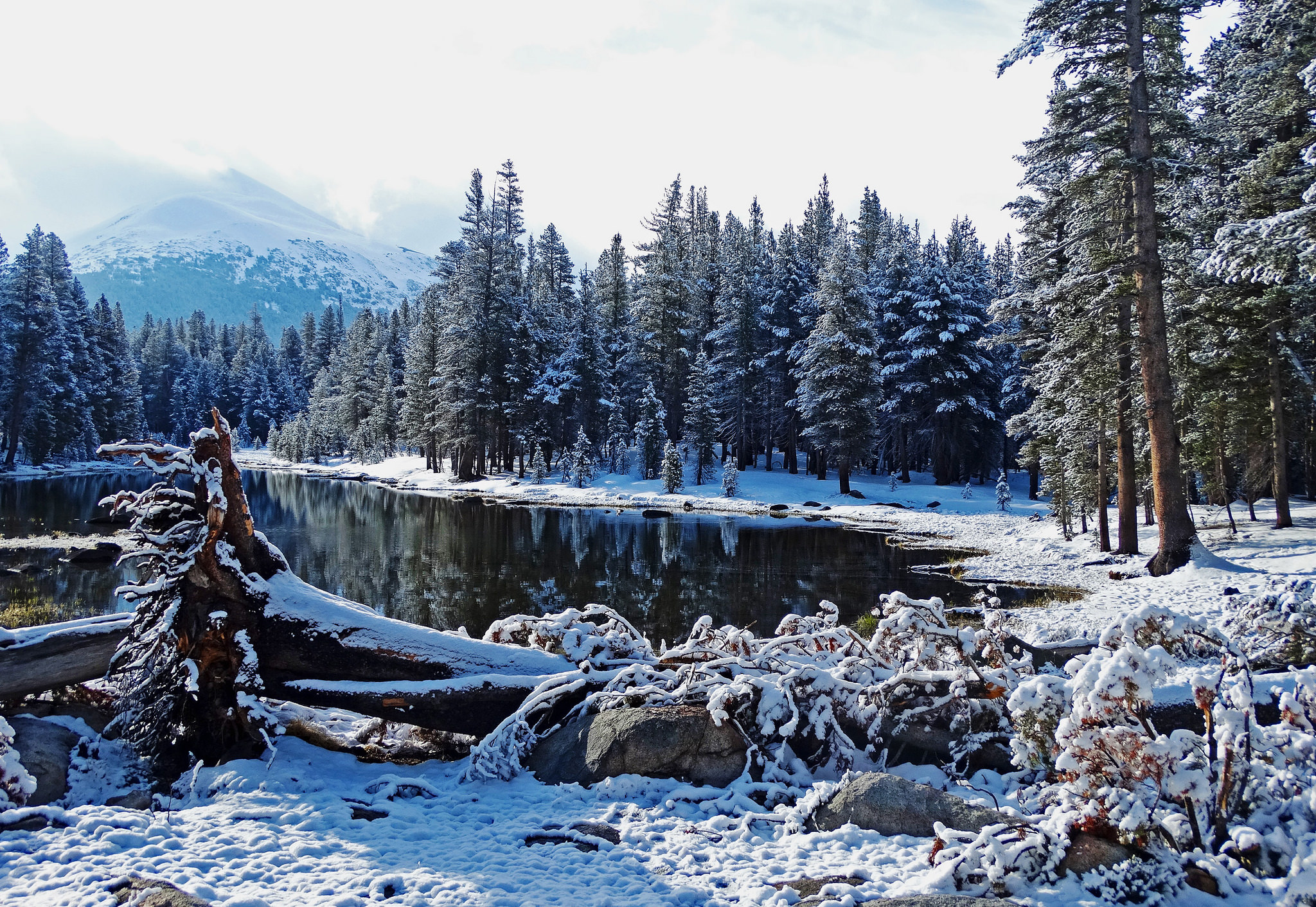The Infrastructure Investment and Jobs Act of 2021 earmarked $7 billion in federal funding aimed at accelerating the commercial-scale deployment of hydrogen as well as driving down its cost. Clean hydrogen is considered to be a key technology for cleaning up hard-to-decarbonize industrial sectors like refining, chemicals, and heavy-duty transport.
On October 13th, the Department of Energy named seven regional clean hydrogen hubs which will provide clean hydrogen production, storage, delivery, and end-use components. The so-called H2Hubs are expected to collectively produce three million metric tons of hydrogen annually.
One selected project is the Appalachian Hydrogen Hub that includes West Virginia, Ohio, Kentucky, and Pennsylvania. Another is the California Hydrogen Hub, that will produce hydrogen exclusively from renewable energy and biomass. Then there is the Gulf Coast Hydrogen Hub, centered in the Houston, Texas region. A fourth hub is the Heartland Hydrogen Hub, which includes Minnesota, North Dakota, and South Dakota. A fifth hub is the Mid-Atlantic Hydrogen Hub, that includes Pennsylvania, Delaware, and New Jersey. The sixth is the Midwest Hydrogen Hub that includes Illinois, Indiana, and Michigan. Finally, there is the Pacific Northwest Hydrogen Hub that includes Washington, Oregon, and Montana.
Each of these hubs involve multiple partner organizations in their regions and each has specific goals and strategies. The seven centers are located all around the country and are intended to jumpstart a national network of clean hydrogen producers, consumers, and connective infrastructure.
**********
Web Links
Hydrogen hubs have arrived. Here are the big winners of the $7 billion sweepstakes
Photo, posted August 17, 2010, courtesy of David Stanley via Flickr.
Earth Wise is a production of WAMC Northeast Public Radio
